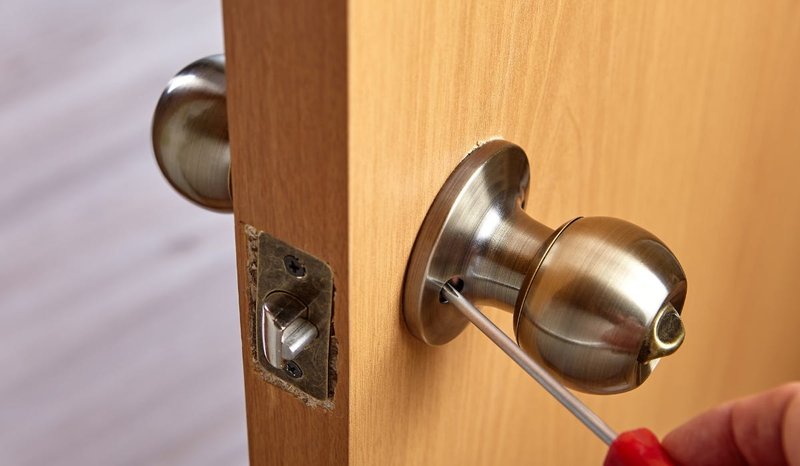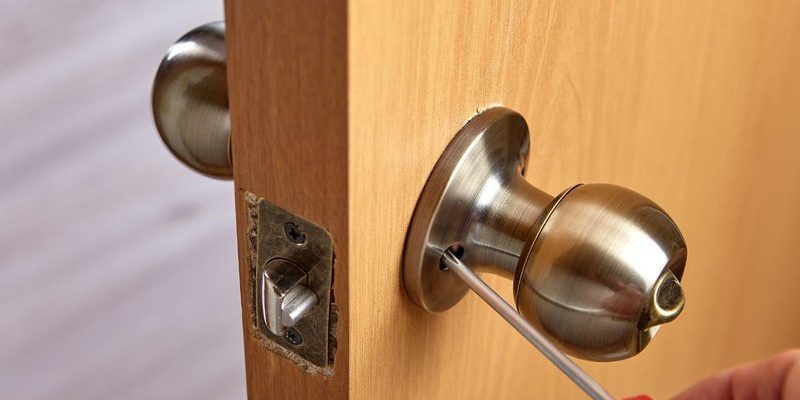
When you clean a door knob with water, you might think you’re just doing a quick chore, but there’s more going on beneath the surface. Imagine your door knob as a finely-tuned machine. Water and cleaning products can affect its smooth operation, just like how a bit of mud can jam a bike chain. So, what’s the deal with that stiffness? There are several reasons behind it, all of which we’ll explore together.
The Effects of Water on Your Door Knob
Cleaning your door knob with water isn’t inherently bad, but it can lead to stiffness. Water can seep into the mechanisms inside the knob, especially if it’s not designed to be waterproof. Most door knobs, particularly older models, have internal components that can rust or corrode when exposed to moisture. As these components begin to deteriorate, they may not move as freely, leading to that annoying stiffness you’re feeling.
In addition, if the water mixes with any dirt or grime inside, it can create a sticky residue that binds the moving parts together. Over time, this grime buildup can result in a sluggish knob, making it harder to turn. So, while water is great for cleaning, it can sometimes have unintended consequences.
Is It a Lubrication Issue?
One of the most common reasons for a stiff door knob is a lack of lubrication. Just like your car needs oil to run smoothly, your door knob relies on lubricant to function properly. If you’ve freshly cleaned your knob but haven’t lubricated it afterward, the water can wash away any existing lubricant, leading to that stiff feeling.
To get things back in shape, consider applying a silicone-based lubricant or a light oil like WD-40. Just a small amount goes a long way! Remember, you want to spray or apply it directly to the spindle—the part that connects the knob to the door. This way, you’ll help restore the smooth operation of your knob and prevent it from becoming stiff again.
Design and Material Matters
Not all door knobs are created equal. Depending on the material and design, some are more susceptible to stiffness after cleaning than others. For instance, a brass knob might feel different after cleaning compared to a plastic one. Brass can be more prone to corrosion, especially if water seeps into its interior.
If your knob is made of materials that are less durable or prone to rust, you might notice stiffness more quickly after cleaning. In such cases, it’s worth considering a more robust option, particularly if the cleaning process frequently leads to issues. You might look for knobs specifically designed to withstand moisture, like those with a protective coating.
Preventive Measures
To avoid the frustration of a stiff door knob after cleaning, there are some preventive measures you can take. One way is to minimize water exposure during cleaning. Instead of directly spraying the knob, use a damp cloth to wipe it down. This helps you control how much moisture touches the knob while still getting it clean.
Additionally, make it a habit to lubricate your door knobs regularly, especially if they start to feel stiff. A simple check every few months can prevent more extensive problems down the line. Use a cloth to apply a little lubricant, and you’ll keep things running smoothly.
Troubleshooting Stiff Knobs
If you’ve tried cleaning and lubricating your door knob but it’s still stiff, you might need to take a closer look at the mechanism. Sometimes, the issue isn’t just water but a more significant problem.
Start by inspecting the knob for any visible signs of damage. Is there rust, or does it seem to be misaligned? If the knob is misaligned, sometimes a simple adjustment can fix the issue. If that’s not the problem, consider disassembling the knob to clean it more thoroughly or consult a professional for help. Remember, it’s better to address these issues sooner rather than later to avoid more extensive repairs.
When to Replace Your Door Knob
Sometimes, despite your best efforts, a door knob may reach a point where it’s just not worth the hassle anymore. If you’ve tried cleaning, lubricating, and troubleshooting with no luck, it might be time to consider a replacement.
Look for a door knob that suits your needs: sturdiness, style, and whether it can handle moisture better than your current one. A quality knob may save you from future headaches and stiffness. Plus, it can add a nice touch to your home decor!
Final Thoughts
Dealing with a stiff door knob after cleaning with water can be a bit frustrating, but understanding the causes can help you manage it better. Water exposure, lubrication issues, and material differences all play a role in how your door knob performs. By taking preventive measures and knowing when to seek help, you can keep your door knobs functioning smoothly.
Remember, a little maintenance goes a long way. So next time you clean your knobs, just keep these tips in mind, and you’ll avoid that stiff feeling. After all, who wants to struggle just to open a door? Keep your home running like a well-oiled machine!
